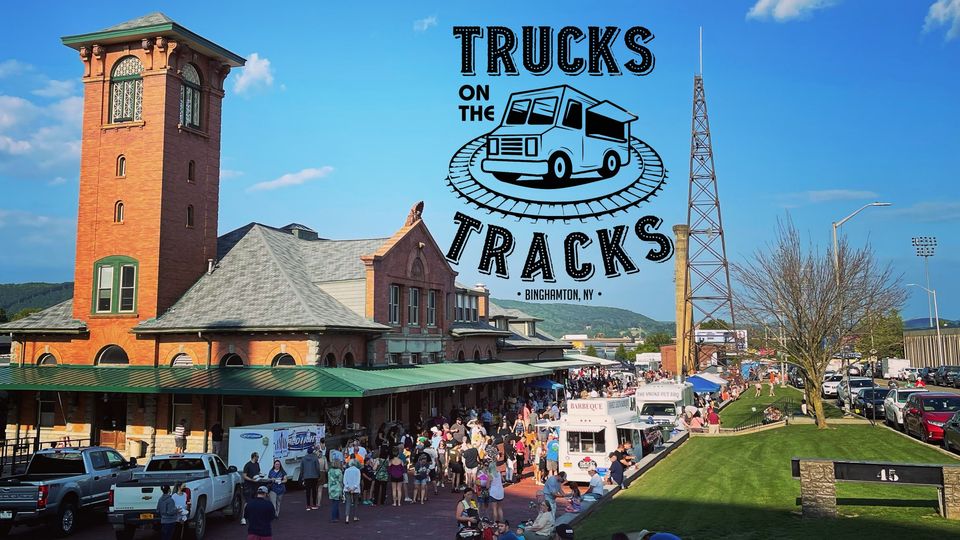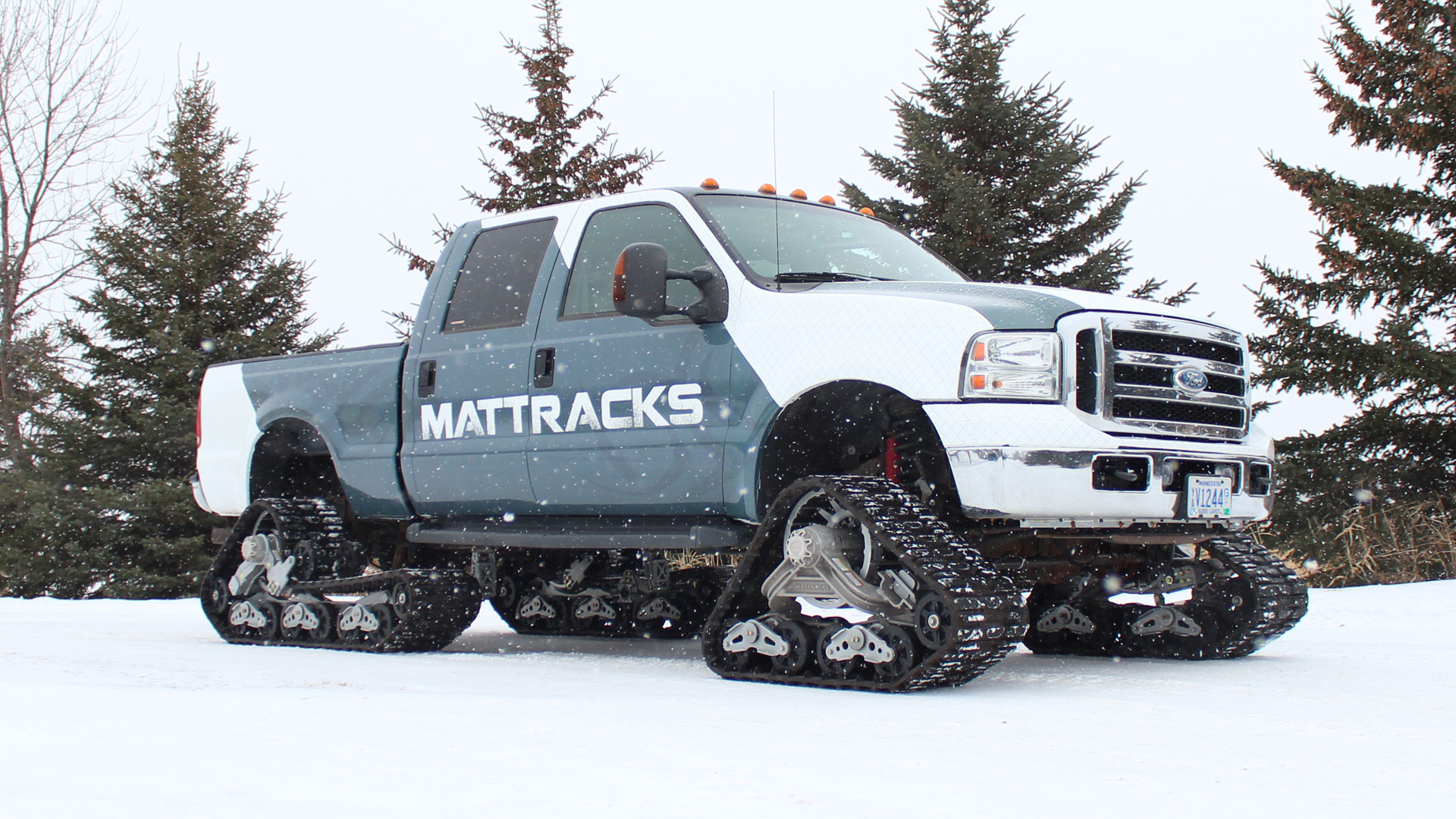Trucks on the tracks might sound like a minor issue, but it’s actually a big deal with serious consequences. Imagine this: a massive truck stuck on railroad tracks, and a high-speed train approaching from the distance. Sounds like a recipe for disaster, right? Well, it happens more often than you’d think, and the results can be catastrophic. This isn’t just about traffic accidents—it’s about safety, responsibility, and understanding how to prevent these incidents.
Every year, countless accidents involving trucks and trains occur across the globe. These incidents aren’t just numbers on a report; they’re real-life situations that affect people, communities, and economies. If you’ve ever wondered why trucks sometimes end up on train tracks, or how to avoid such situations, you’re in the right place.
This article dives deep into the world of trucks on the tracks, exploring the causes, consequences, and most importantly, the solutions. Whether you’re a truck driver, a commuter, or simply someone curious about road safety, this content will provide valuable insights. Let’s get started, shall we?
Read also:Is The Beloved Dr Pol Still Alive A Deep Dive Into His Life And Legacy
Table of Contents
- Understanding the Phenomenon
- What Causes Trucks to End Up on Tracks?
- The Alarming Statistics Behind Truck-Rail Collisions
- A Closer Look at the Rail Industry
- Safety Measures for Truck Drivers
- How Technology is Changing the Game
- Practical Tips for Prevention
- The Consequences of Ignoring Safety
- Regulations and Policies in Place
- The Future of Truck-Rail Safety
Understanding the Phenomenon
Alright, let’s break it down. Trucks on the tracks isn’t just a random occurrence—it’s a pattern that deserves attention. Picture this: a truck driver is distracted, underestimates the speed of an oncoming train, or simply doesn’t notice the warning signals. Before you know it, the truck is stuck on the tracks, and chaos ensues.
But why does this happen? Is it human error, poor infrastructure, or a lack of awareness? The truth is, it’s often a combination of all three. And while the situation might seem straightforward, the underlying causes are complex. Understanding these factors is the first step toward prevention.
In this section, we’ll explore the phenomenon from different angles. We’ll look at real-life examples, analyze the contributing factors, and shed light on how these incidents unfold. So, buckle up and get ready to dive into the nitty-gritty of trucks on the tracks.
What Causes Trucks to End Up on Tracks?
Human Factors
Let’s talk about the elephant in the room: human error. Drivers, whether they’re experienced or newbies, can make mistakes that lead to disastrous outcomes. Distraction, fatigue, and overconfidence are just a few examples. Imagine driving a massive truck and losing focus for even a second. That’s all it takes for things to go south.
Infrastructure Issues
Now, let’s shift gears and talk about infrastructure. Some railroad crossings simply aren’t designed with large vehicles in mind. Narrow lanes, steep inclines, or poorly maintained tracks can all contribute to accidents. In fact, studies show that poorly designed crossings are a significant factor in many truck-rail collisions.
Here’s a list of common infrastructure-related issues:
Read also:The Rockefeller Family Tree A Detailed Guide To Americas Wealthiest Dynasty
- Narrow crossing lanes
- Uneven surfaces
- Insufficient warning signs
- Lack of safety barriers
The Alarming Statistics Behind Truck-Rail Collisions
Numbers don’t lie, and the statistics surrounding trucks on the tracks are eye-opening. According to the Federal Railroad Administration, there are thousands of grade-crossing incidents each year, many involving trucks. These incidents result in injuries, fatalities, and significant economic losses.
Here’s a snapshot of the data:
- Over 2,000 grade-crossing collisions annually
- Approximately 300 fatalities per year
- Thousands of injuries reported
These numbers aren’t just stats—they represent real lives affected by preventable accidents. It’s a wake-up call for everyone involved, from drivers to policymakers.
A Closer Look at the Rail Industry
Before we dive deeper, let’s take a moment to understand the rail industry. Rail transportation is a backbone of global commerce, moving billions of tons of goods every year. But with great power comes great responsibility. The industry has faced numerous challenges, including safety concerns, infrastructure upgrades, and regulatory compliance.
Here’s a quick overview of the rail industry:
| Category | Details |
|---|---|
| Annual Revenue | $80 billion+ |
| Number of Railroads | Over 100 |
| Track Miles | 140,000+ |
| Employees | 150,000+ |
The industry is constantly evolving, but safety remains a top priority. Understanding its complexities helps us appreciate the challenges faced by both rail operators and truck drivers.
Safety Measures for Truck Drivers
Now, let’s get practical. If you’re a truck driver, there are steps you can take to ensure your safety when approaching railroad crossings. First and foremost, always pay attention to warning signals. Those flashing lights and gates aren’t there for decoration—they’re there to save lives.
Here’s a checklist for truck drivers:
- Approach crossings with caution
- Check for clearance before crossing
- Avoid distractions while driving
- Follow posted signs and signals
Remember, it’s better to be safe than sorry. Taking a few extra seconds to ensure your vehicle is clear of the tracks can make all the difference.
How Technology is Changing the Game
Technology is playing a crucial role in improving truck-rail safety. From advanced warning systems to automated braking, innovations are making it easier to prevent accidents. For example, some trucks now come equipped with sensors that detect trains and alert drivers in real-time.
Here are a few tech advancements worth noting:
- Automatic Emergency Braking (AEB)
- Real-time GPS tracking
- Smart crossing signals
These technologies aren’t just cool gadgets—they’re life-saving tools. As they become more widespread, we can expect a significant reduction in truck-rail collisions.
Practical Tips for Prevention
Prevention starts with awareness. Whether you’re a driver, a policymaker, or a concerned citizen, there are steps you can take to reduce the risk of trucks ending up on the tracks. Here are a few practical tips:
- Advocate for better infrastructure
- Support driver training programs
- Raise awareness in your community
It’s all about working together to create a safer environment for everyone. Small actions can lead to big changes, and every effort counts.
The Consequences of Ignoring Safety
Ignoring safety protocols can have devastating consequences. From property damage to loss of life, the impact of truck-rail collisions is far-reaching. Families are torn apart, businesses suffer, and communities are left to pick up the pieces.
Here’s a breakdown of the potential consequences:
- Financial losses
- Emotional trauma
- Legal repercussions
It’s a harsh reality, but one we must face. By prioritizing safety, we can avoid these tragic outcomes.
Regulations and Policies in Place
Governments and regulatory bodies around the world are taking action to address truck-rail safety. From stricter enforcement of traffic laws to improved crossing designs, there’s a concerted effort to reduce accidents. Organizations like the Federal Railroad Administration (FRA) and the National Highway Traffic Safety Administration (NHTSA) play a key role in shaping these policies.
Here’s a glimpse of some regulations:
- Mandatory crossing inspections
- Driver certification programs
- Improved signaling systems
While these measures are a step in the right direction, there’s still work to be done. Continuous improvement is essential to staying ahead of the curve.
The Future of Truck-Rail Safety
Looking ahead, the future of truck-rail safety looks promising. With advancements in technology, increased awareness, and stronger regulations, we can expect to see fewer accidents. But it’s not just about the tools and policies—it’s about the people behind them.
Every driver, policymaker, and citizen has a role to play in creating a safer world. By working together, we can turn the tide and make trucks on the tracks a thing of the past.
Conclusion
Trucks on the tracks might seem like a niche issue, but it’s one that affects us all. From the drivers on the road to the families waiting at home, the impact of these accidents is profound. By understanding the causes, implementing safety measures, and embracing technology, we can make a difference.
So, what’s next? Take action! Share this article, start conversations in your community, and advocate for change. Together, we can create a safer, more connected world. Don’t wait for someone else to take the lead—be the change you want to see.


